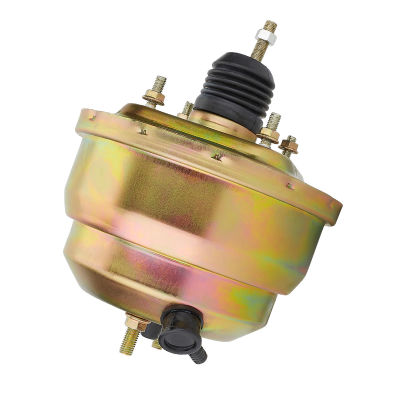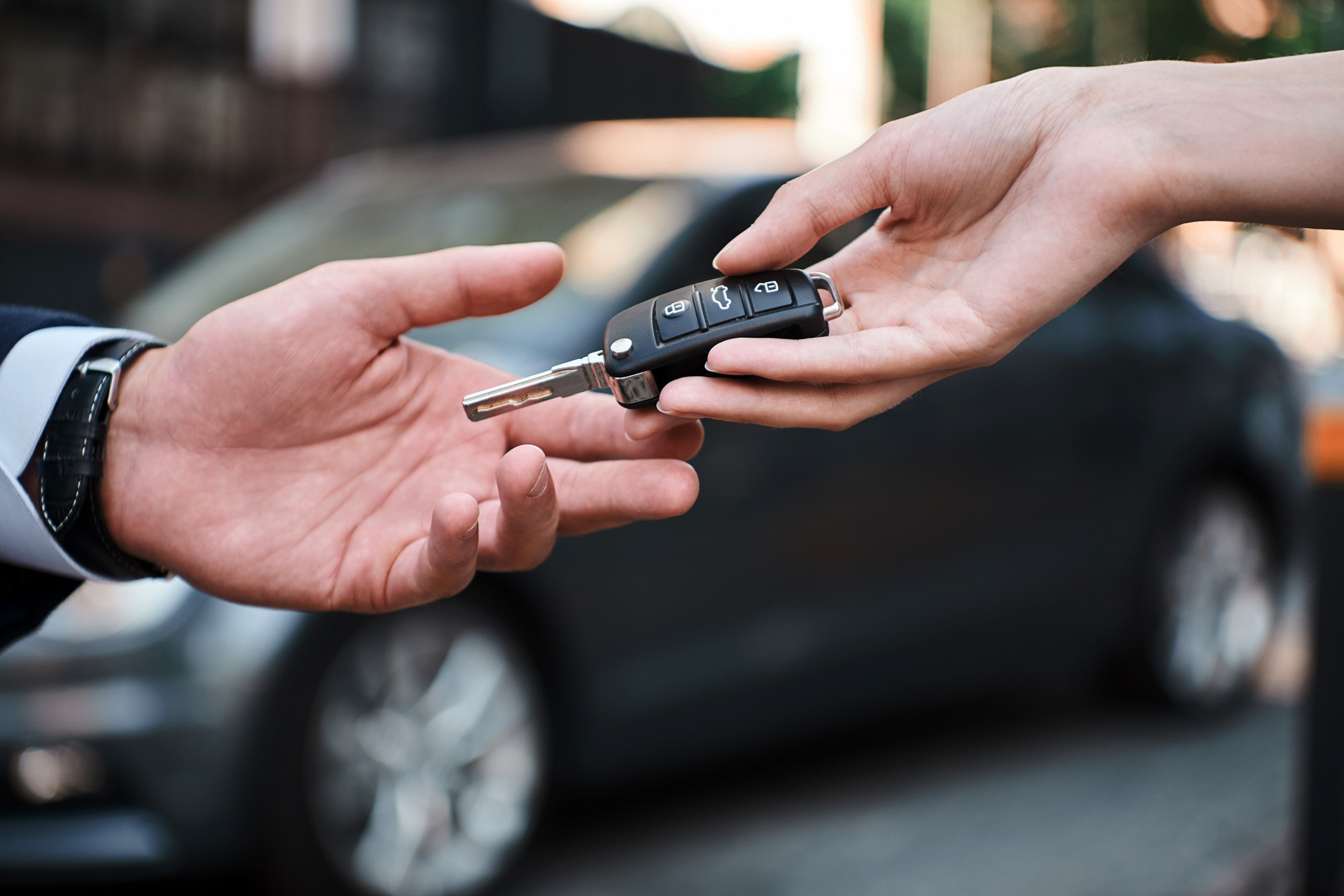
8 steps to follow if your car runs out of brakes
Content
Knowing what to do if you lose your brakes can help you prevent injury and damage to your vehicle. However, the most important thing is to keep yourself and your passengers safe, so it's worth considering these tips to know how to act at the moment.
Spotting yourself while driving can be a shocking experience. While we hope this never happens, you should be prepared for such a situation by reading a few tips to help you stop your car in the safest way possible.
A car's brakes can fail for a variety of reasons, from the brakes themselves, to missing pads or some other malfunction in the system that makes up the feature, however here we'll walk you through the 8 basic steps you need to follow to be able to take control. brakes.situation.
1. Keep calm
A clear head can be your most important driving ally, especially when something goes wrong. If your brakes fail, it's in your best interest to remain calm and try to get your car safely out of the way.
2. Try the brakes again
Unless you're driving a classic car, your car probably has a dual braking system that controls the front and rear brakes independently. As a result, both halves of the system must fail for your car to completely lose its stopping power. However, cutting your car's braking power in half might be enough to make you feel insecure, but there may still be some stopping power. Try hard and steady pressure on the brake pedal to see if you can slow the car down.
3. Carefully apply the emergency brake.
If your main braking system is not working, one option is to use the emergency brake very carefully. The emergency braking system is separate from the main hydraulic braking system. and can help stop the car, although it will probably take longer to stop this way than with a traditional brake pedal.
4. Downshifting
Another way to slow down the car is to take your foot off the accelerator and slow down so that the engine can help slow the car down. If you have a manual transmission, downshift to slow down the vehicle.. If you have an automatic transmission, taking your foot off the gas pedal should cause your car to shift into lower gears when you slow down.
However, on newer vehicles with automatic transmission that also allow manual operation, you can use the paddles (if equipped), which are levers on the steering wheel of vehicles with this feature, or shift into manual mode and downshift. Refer to your vehicle owner's manual for information on using your automatic transmission vehicle in manual mode.
5. Safely pull off the road
Once you have slowed down your vehicle, it is very important to get it out of the way to minimize the chance of a collision. If you are on a freeway or a major road, you should first focus on getting your vehicle into the right lane safely.. Remember to use your turn signals and pay attention to the surrounding traffic. Carefully turn into the slow lane and turn on your emergency lights when you get there. Remember to avoid any possible hazard and, if necessary, use your car's headlights and horn to warn other drivers.
Pull off the right lane onto the shoulder, or ideally into a safe off-road location such as a parking lot, then shift into neutral. Use the emergency or parking brake to slow the vehicle, but be prepared to release it if the vehicle begins to slip. If the emergency brake does not work, you need to carefully monitor other methods of stopping.
6. Do not turn off the car until it has stopped
While it may seem like turning the car off will help slow it down, it may be a good idea to leave the engine running until it comes to a complete stop. Still turning the ignition off will also disable the power steering, making it difficult for the car to turn.. It can also cause the steering wheel to lock. This way you can stop your car and pull off the road before turning it off.
7. Signal for help
You may need assistance as soon as your vehicle is safely off the road. Let them know you need help by lifting the hood and turning on the hazard warning lights. YesIf you have reflective triangles or warning lights on the road, you can also place them behind your car to make yourself more visible.. Keep clear of oncoming traffic and, if possible, stay away from (or behind) the vehicle. You can also use your mobile phone to request roadside assistance.
8. Have a professional inspect your car's brakes.
Even if the brakes seem to be working properly again, have them checked by a professional before trying again. Have your vehicle towed to a dealer or mechanic so they can inspect your vehicle and make any necessary repairs. Keep in mind that you can also prevent problems before they start by checking your car's brakes regularly.
********
-
-
